|
I am currently a Perception Software Engineer working at Lucid Motors . Recently, I completed my Master of Science in Computer Vision (MSCV) degree at Carnegie Mellon University (CMU), collaborating with Dr. Srinivasa Narasimhan at the Illumination and Imaging Lab (LLIM). Prior to joining CMU, I earned my bachelor's degree in Mathematics from Wenzhou-Kean University (WKU), where I worked with Dr. Gaurav Gupta . Email: shenzhen@andrew.cmu.edu CV / Google Scholar / Github / Linkedin / Leetcode / YouTube |
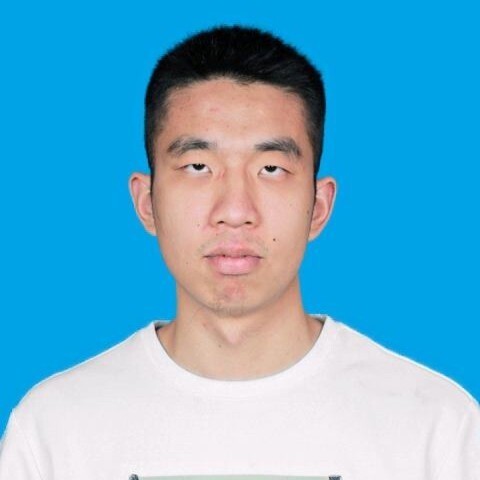
|
|
My research focus is better scene understanding across diverse environments using the following strategies:
|
|
|
 
|
Shen Zheng, Anurag Ghosh, Srinivasa Narasimhan Under Anonymous Review Motivation: Object Scale bias challenges contemporal visual recognition systems. Solution: Propose a instance-level image warping technique using dataset-specific size statistics to warp images in-place during training to address object scale bias. Integrate image warping and feature unwarping into domain adaptation in a task-agnostic way without warping at test time. |
 
|
Shen Zheng, Changjie Lu, Srinivasa Narasimhan WACV 2024 Paper | Supp | Code | Slides | Video | Poster Motivation: Previous image-to-image translation methods produce artifacts and distortions, and lack control over the amount of rain generated. Solution: Introduce a Triangular Probability Similarity (TPS) loss to minimize the artifacts and distortions during rain generation. Propose a Semantic Noise Contrastive Estimation (SeNCE) strategy to optimize the amounts of generated rain. Evaluate rain generation performances using rain removal and object detection. |
 
|
Shen Zheng, Yiling Ma, Jinqian Pan, Changjie Lu, Gaurav Gupta Paper | Code Motivation: Existing LLIE datasets focus on either overexposure or underexposure, not both, and usually feature minimally degraded images captured from static positions. Solution: Present a comprehensive survey of low-light image enhancement (LLIE). Propose the SICE_Grad and SICE_Mix image datasets, which include images with both overexposure and underexposure. Introduce Night Wenzhou, a large-scale, high-resolution video dataset captured in fast motion with diverse illuminations and degradation. |
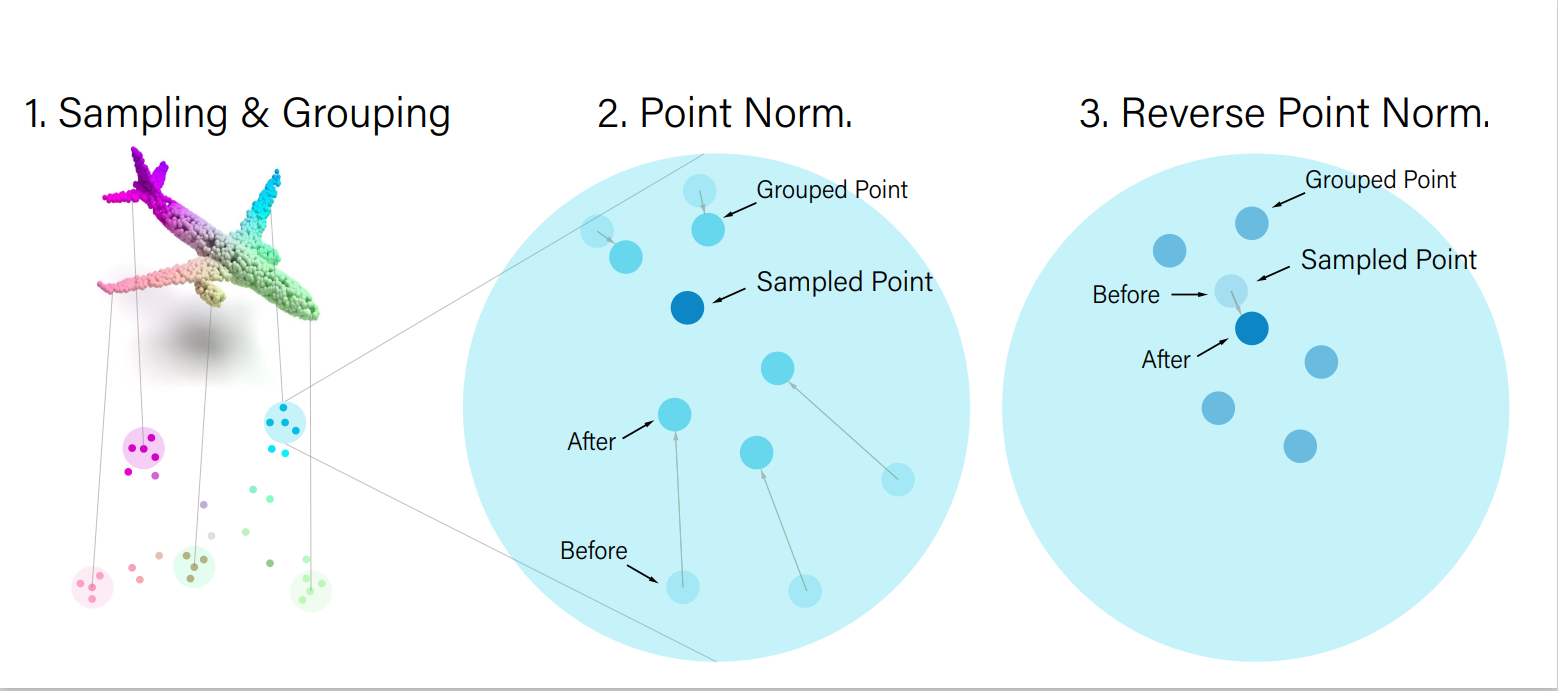 
|
Shen Zheng, Jinqian Pan, Changjie Lu, Gaurav Gupta IJCNN 2023 (Oral Presentation) Paper | Code | Slides Motivation: Current point cloud analysis methods struggles with irregular (i.e., unevenly distributed) point clouds. Solution: PointNorm, a point cloud analysis network with a DualNorm module (Point Normalization & Reverse Point Normalization) that leverages local mean and global standard deviation. |
 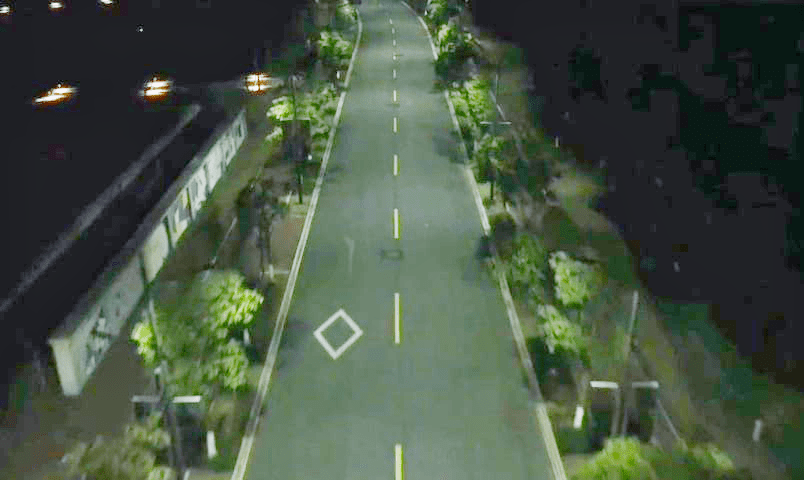
|
Shen Zheng, Gaurav Gupta WACV 2022 Paper | Code | Slides | Video Motivation: Current low-light image enhancement methods cannot handle uneven illuminations, is computationally inefficient, and fail to preserve the semantic information. Solution: SGZ, a zero-shot low-light image enhancement framework with pixel-wise light deficiency estimation, parameter-free recurrent image enhancement, and unsupervised semantic segmentation. |
|
|
Changjie Lu, Shen Zheng, Zirui Wang, Omar Dib, Gaurav Gupta ACML 2022 Paper | Code | Slides Motivation: Generative models experience posterior collapse and vanishing gradient due to no effective metric for real-fake image evaluation. Solution: Propose Adversarial Similarity Distance Introspective Variational Autoencoder (AS-IntroVAE), which can address the posterior collapse and the vanishing gradient problem in image generation in one go. |
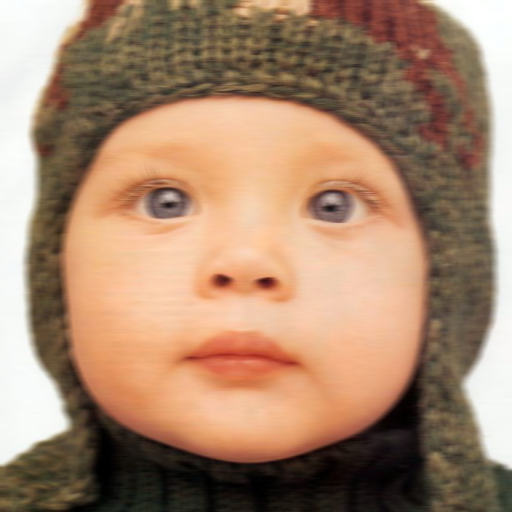 
|
Shen Zheng, Yuxiong Wu, Shiyu Jiang, Changjie Lu, Gaurav Gupta IJCNN 2021 (Oral Presentation) Paper | Slides Motivation: Object detection algorithms exhibit suboptimal performance on blurry scenes. Solution: Propose Deblur-YOLO, a generative adversarial network with a dilated feature pyramid generator, double multi-scale discriminators, and a detection discriminator to deal with photographs corrupted by motion blur. |
 
|
Shen Zheng, Liwei Wang, Gaurav Gupta CVIP 2020 (Oral Presentation) Paper | Slides Motivation: Existing ConvNets have poor computational complexity and require significant memory consumption. Solution: Introduce an efficient ConvNet with weighted average stacking, Winograd-ReLU-based network pruning, and a electromagnetic-inspired dynamic batch size algorithm. |
|
|
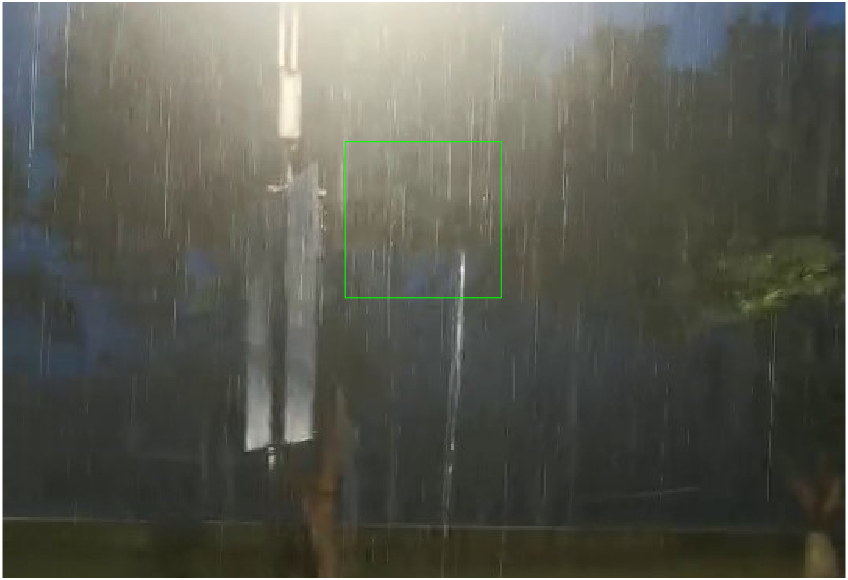 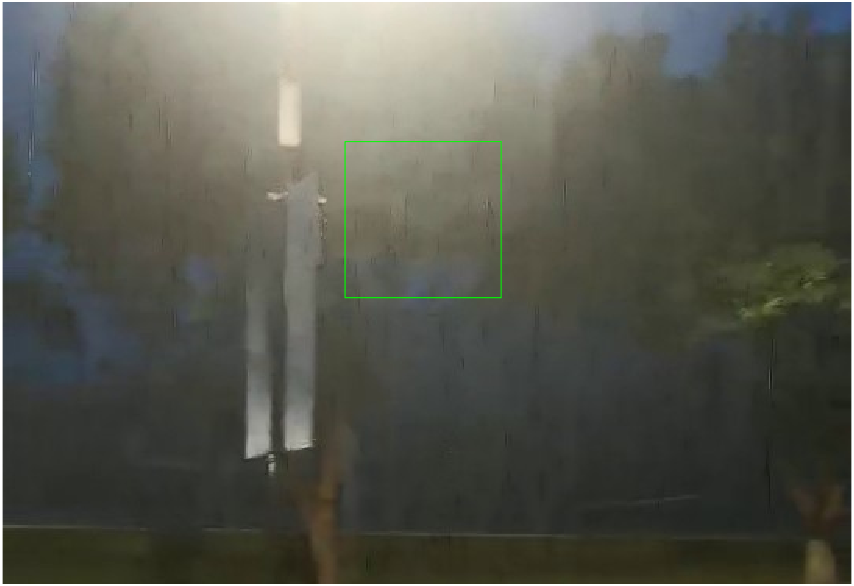
|
Shen Zheng, Changjie Lu, Yuxiong Wu, Gaurav Gupta WACVW 2022 Paper | Supp | Code | Slides | Video Motivation: Former deraining approaches often eliminate essential background details along with the rain, hindering tasks such as detection and segmentation. Solution: SAPNet, an image-deraining network that integrates low-level image-deraining and high-level background segmentation using progressive dilated unit, perceptual contrastive loss, and unsupervised background segmentation. |
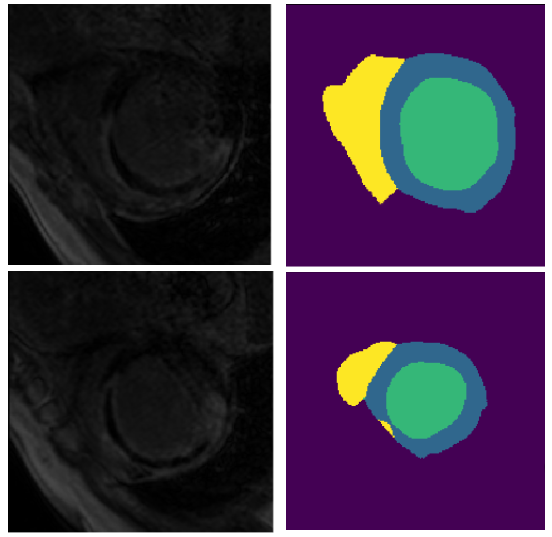 
|
Changjie Lu, Shen Zheng, Gaurav Gupta CVPRW 2022 Paper | Supp | Code | Slides Motivation: Previous unsupervised domain adaptation methods for medical imaging falter across varied imaging modalities due to substantial domain differences. Solution: UDA-VAE++, an unsupervised domain adaptation framework that leverages mutual information maximization and sequential reparameterization for cardiac segmentation. |
|
|

|
Computer Vision Engineer, Perception at Momenta
Director: Dr. Wangjiang Zhu Responsible for long-tailed data augmentation, training data auto-labeling and cleaning, and model evaluation for traffic light detection algorithms. Implemented CycleGAN to conduct unsupervised data augmentation, converting traffic light bulbs from left arrow to round & leftUturn arrow. Constructed a traffic light auto-label model using quantized VoVNet-57, filtering 14,618 incorrect annotations from 1,160,513 labeled frames. Increased the classification accuracy for leftUturn traffic light from 78.41% to 87.27%, and the mean average precision from 93.01% to 94.80%. |
|
|
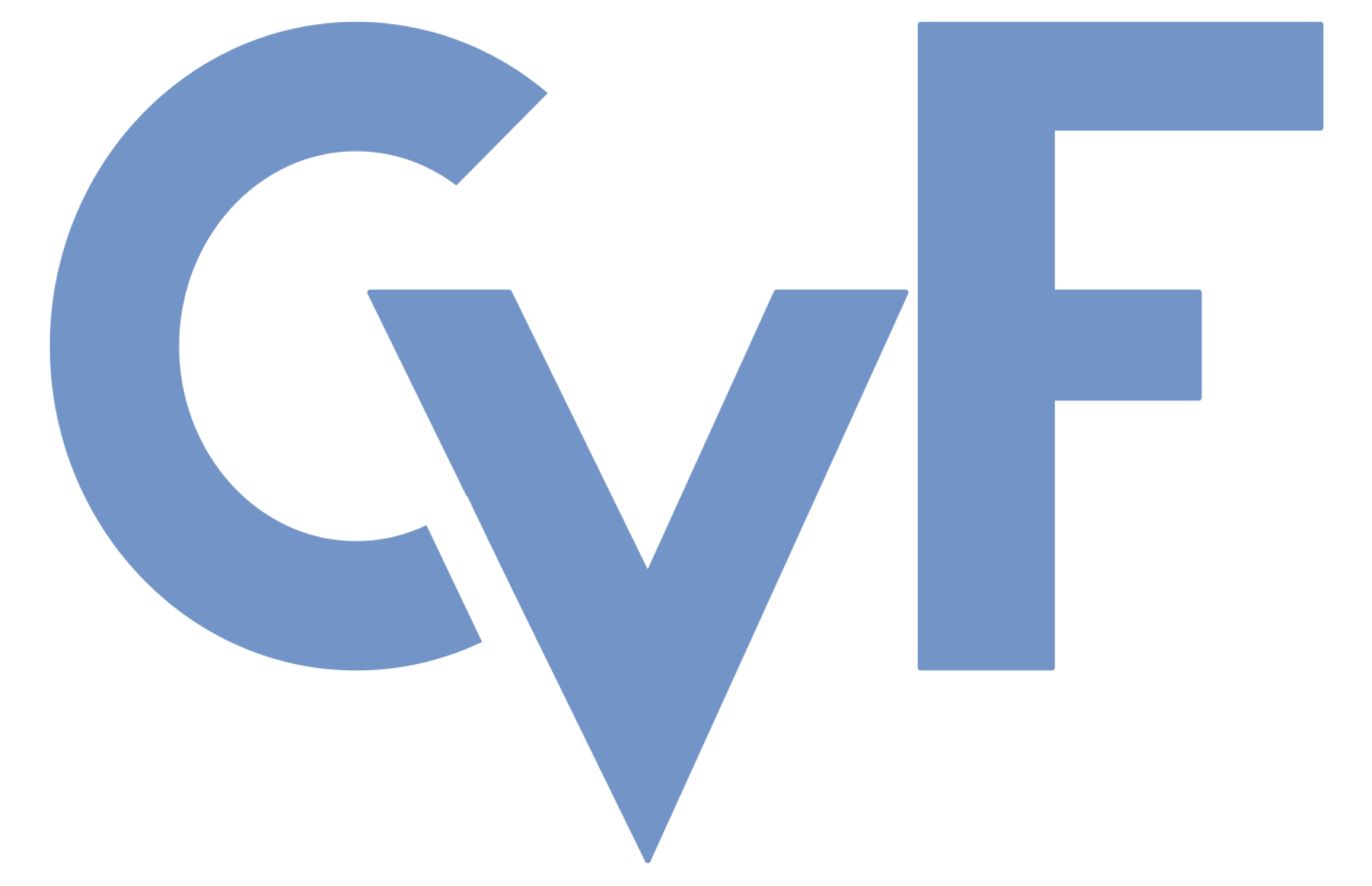 |
Technical Program Committee:
WCCI 2024 Conference Reviewers: CVIP 2021, CVIP 2022, AAAI 2022, IJCNN 2023, WACV 2023, WACV 2024, ECCV 2024 IJCNN 2024, Journal Reviewers: TNNLS, IJCV, TCSVT Session Chair: IJCNN 2021 |
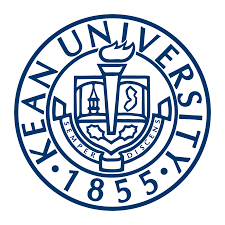 |
Co-Instructor at Wenzhou-Kean University
Course: MATH 3291/3292 (Computer Vision) Slide | Recordings |

|
Invited Speaker at Fudan University
Topic: Image Processing with Machine Learning |
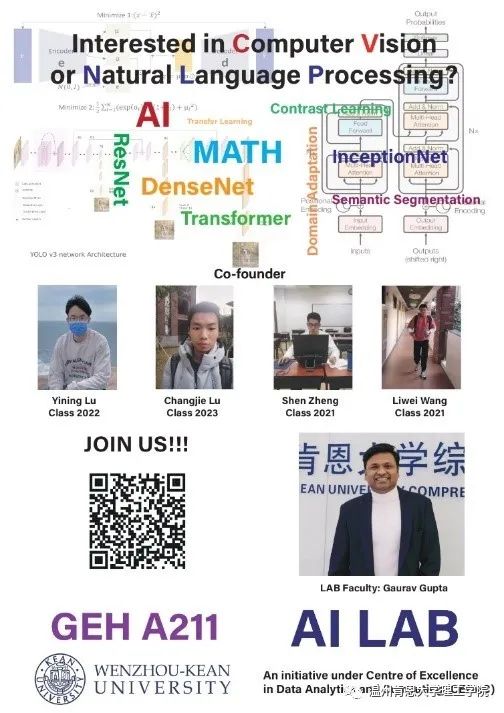 |
Co-founder of WKU AI-LAB
Offered AI Tutorials in Computer Vision and Natural Language Processing for undegraduate students. |
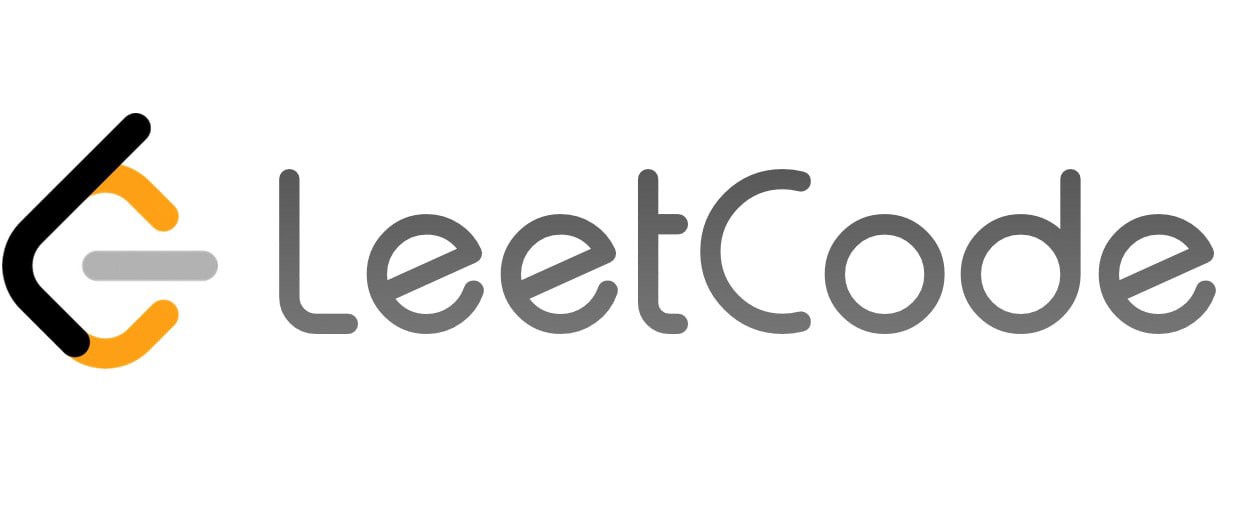
|
Content Creator:
Made 100+ YouTube video solutions for Leetcode algorithms questions. |
|
|
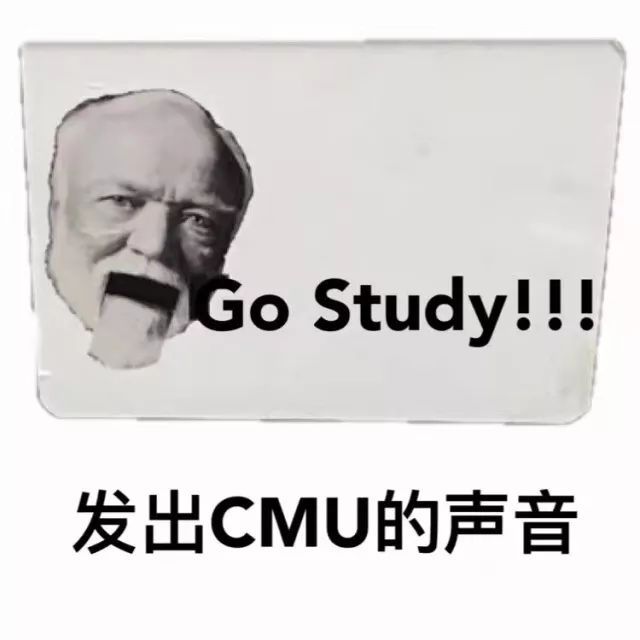 |
Programming Languages:
Python, R, Java, C++, Matlab, HTML, Mathematica, Shell, LaTeX, Markdown Frameworks & Platforms: Pytorch, TensorFlow, Keras, Ubuntu, Docker, Git, ONNX, CUDA Libraries: Scikit-Learn, SciPy, NumPy, OpenCV, Matplotlib, Pandas |
|
|
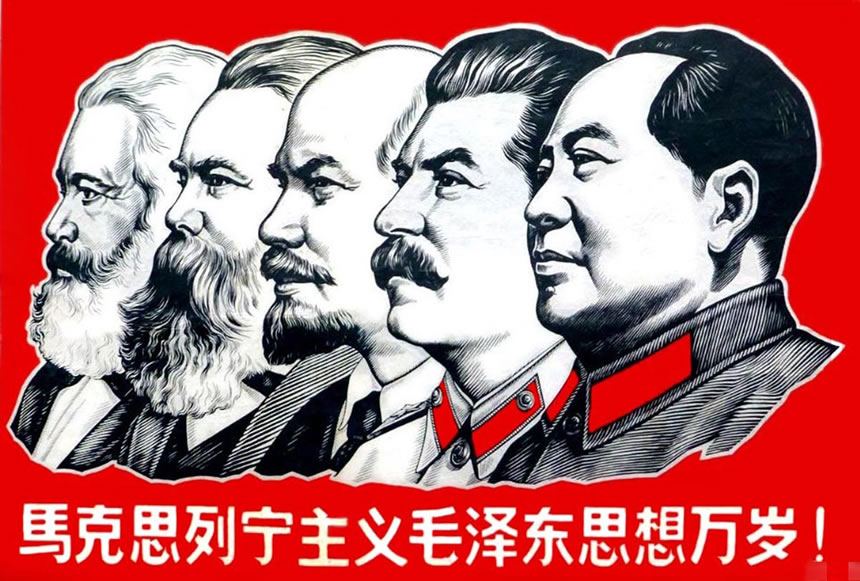 |
Languages:
Chinese, English, Spanish, Russian, Arabic Sports: Basketball, Table Tennis, Swimming, Cycling, Hiking, Weightlifting Games: DOTA2, AOE2, Warcraft III Beliefs: 予诺三观 & 浩然道路 & 立威思想 & 谢航精神 & 永富方法 & 刘远哲学 |